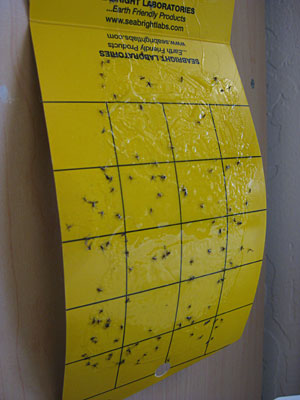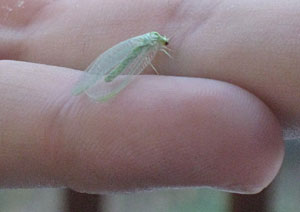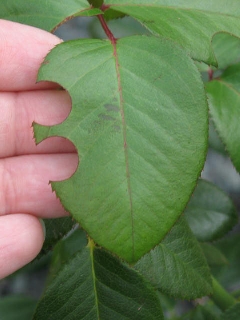Tips for Managing Insect Pests in the Landscape
Did you know that 99% of all insects are not harmful to you or your landscape? Use the photo gallery on this website to learn which insects are pests, and which are helpful. Head off insect pests by following these tips:
- Don't treat a problem until you've identified the cause. Many plant problems result from non-living problems, such as too much or too little water, too much or too little sun, poor soil, or incorrect planting.
- Stressed plants are susceptible to pests. Make sure your plants are placed in an appropriate spot, the soil is healthy and you're watering and fertilizing appropriately.
- If you find insects on your plants, get them identified. Contact your local Extension office for help.
- Remember, not all bugs are bad! Some insects help manage the pests. Beneficial insects are natural enemies that kill or reduce the number of bad insects in your yard.
- Accept a few insects in your yard. They'll provide food for birds and beneficial insects.
- If you do have a pest problem, try simple methods, such as hand-picking, washing them off with a strong jet of water from the hose, or using sticky traps.
- Be cautious about using insecticides. They may kill beneficial insects, and when used repeatedly, can actually increase pest problems.
- Learn the most vulnerable stage in the insect's life cycle, and apply an effective control at that time.

This sticky trap is helping to control an infestation
of fungus gnats in houseplants.

Green lacewings are beneficial insects.
The larvae eat aphids and other pests.

The circles in the edge of this leaf were made by leaf
cutter bees. Leaf cutter bees are beneficial and their damage
does not interfere with the leaf's ability to make food.
Hefner, M.
2019,
Tips for Managing Insect Pests in the Landscape,
Extension | University of Nevada, Reno. IP.


